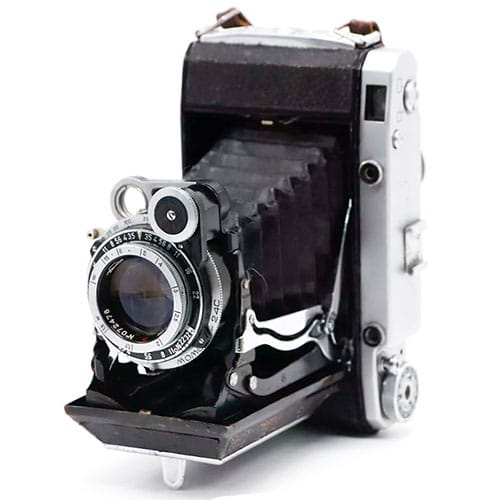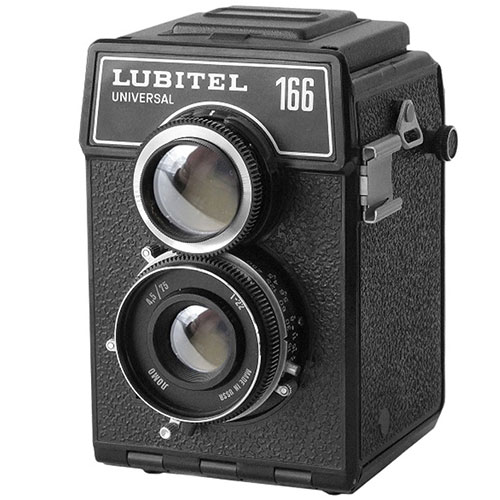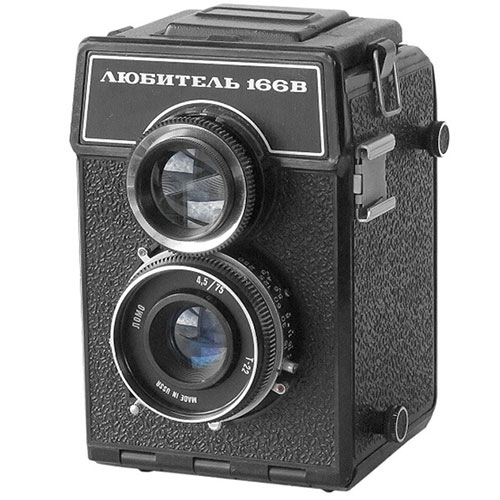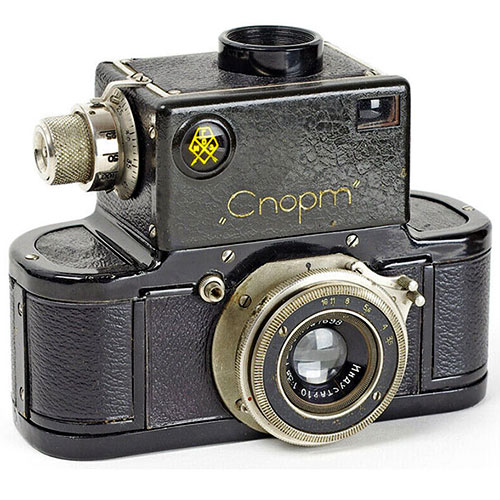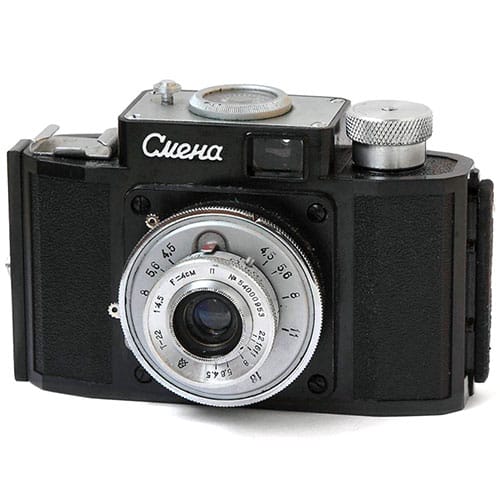Junost
Junost is a Soviet rangefinder camera with a manual exposure setting, produced from 1957 to 1961 at the Leningrad Optical and Mechanical Association (LOMO).
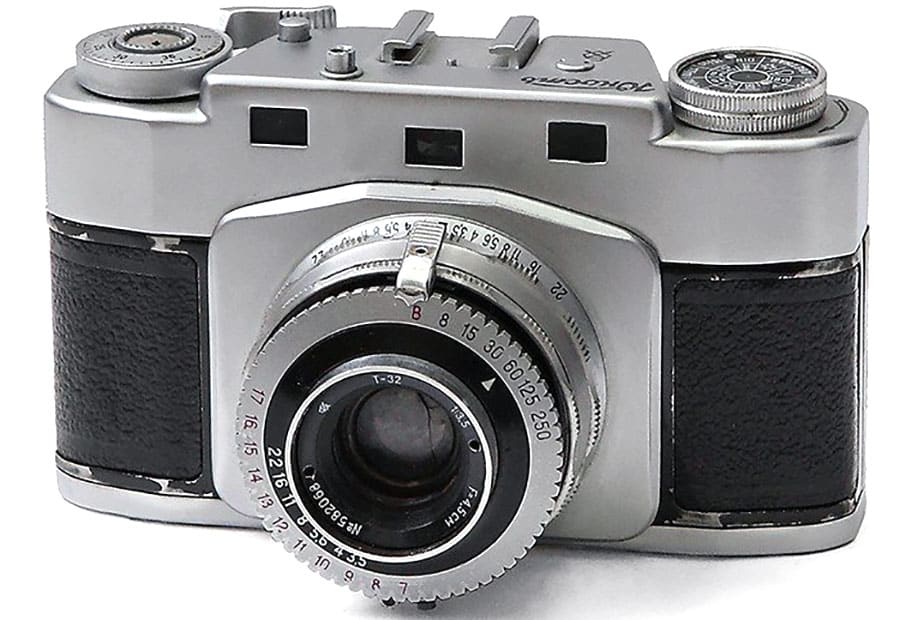
Junost was more functional than the first Smena cameras, but in terms of equipment, it was inferior to such cameras as Kiev or Zorki.
Junost Specifications
- Type: 35mm rangefinder camera
- Manufacturer: LOMO plant
- Production period: from 1957 to 1961
- Format: 24x36cm on 135 film
- Lens mount: fixed lens
- Lens: Triplet T-32 3.5/45
- Rangefinder base: 47mm
- Shutter: leaf shutter with speeds from 1/8 to 1/250 sec.
- Viewfinder: optical parallax viewfinder not combined with a rangefinder
- Flash synchronisation: sync socket “X”, sync ant any shutter speed
- Selftimer: mechanical
- Weight: 580 grams
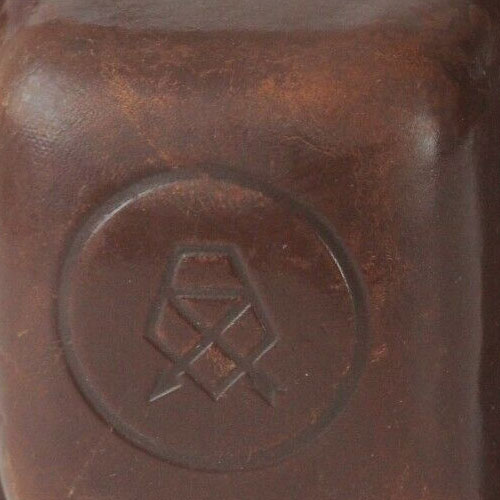
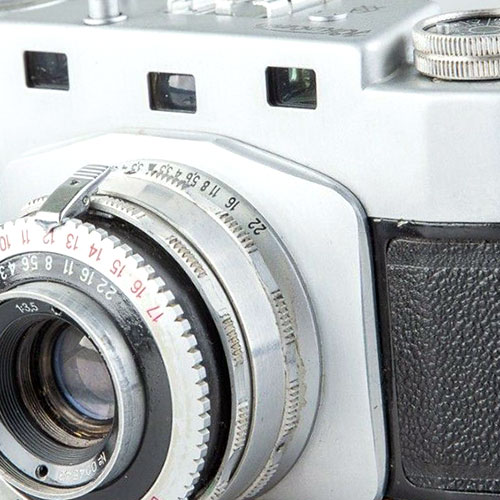
It was assumed that this would be a more simplified rangefinder camera compared to the Leningrad camera. But it so happened that both cameras were not particularly successful, and soon ceased to be produced.
The Junost camera had a non-removable Triplet T-32 3.5/45 lens. This lens, like many rangefinder lenses, can focus from 1 meter to infinity.
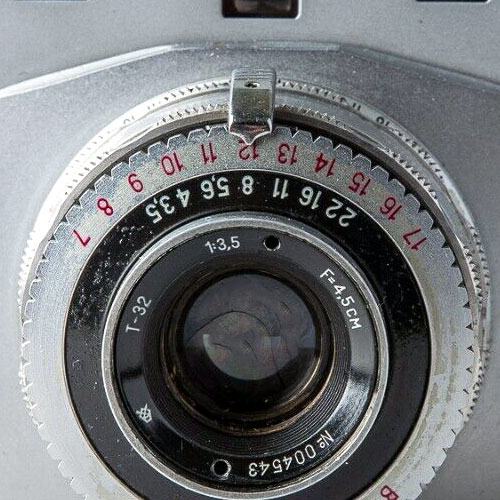
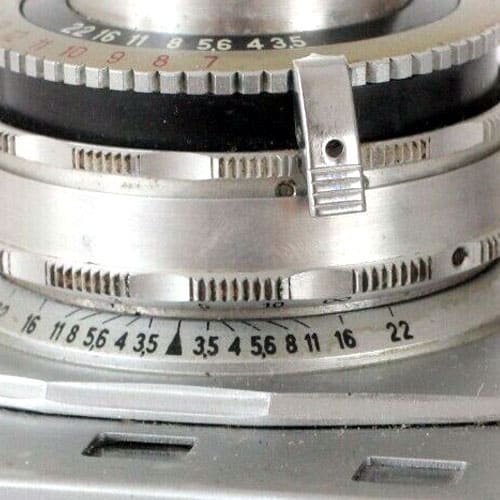
The camera was equipped with a leaf shutter with speeds of 1/8, 1/15, 1/30, 1/60, 1/125, 1/250, and B. The rangefinder of Junost is not paired with the viewfinder. This is fairly standard for the USSR cameras of those years.
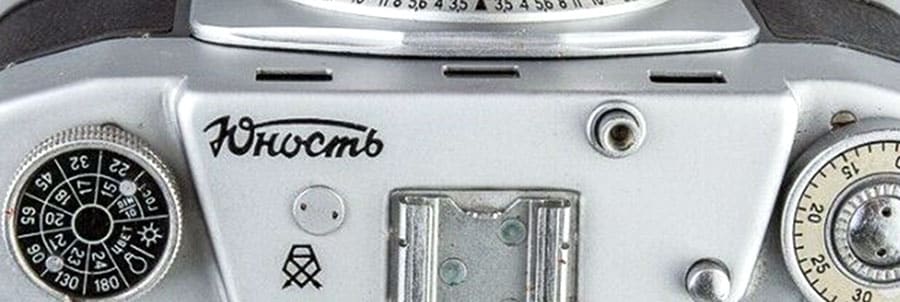
The rear panel of the camera is removable. This is convenient enough for loading film. The Junost camera is made of fairly pleasant aluminum. In general, the metal body of the first Soviet cameras is another advantage over later Soviet cameras.
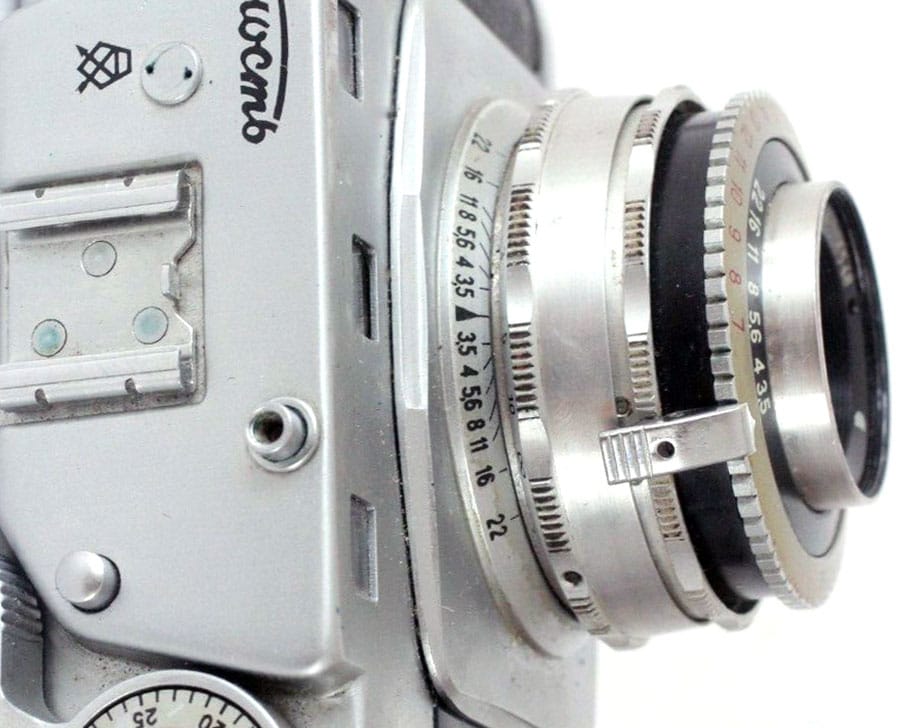
Most of the main controls are located around the lens, about the same as on the first Smena and Lubitel cameras. This is quite unusual for 35mm rangefinder cameras because the rest of Soviet rangefinders were mainly made on the basis of Leica or Contax.
Conclusion
As you can see, this is quite an interesting and non-ordinary Soviet rangefinder. It does not resemble FED or Zorki, and this is a big advantage of the Junost camera. It will be interesting both for collectors and for those who want to get acquainted with interesting Soviet cameras.
Yes, in Soviet times, they didn’t really like innovations, but as has already been said on the pages of Sovietcameras.org, the late USSR was quite different from the early Soviet Union.
In the early years, there were still people in the country who remembered the attitude to science and technology that was in pre-revolutionary Russia. But closer to the end of the Soviet Union, there were only people in the country who were fully raised by the Soviet government. The soviet photographic industry is a vivid example of this.
If you pay attention, then most of the Soviet cameras until about the 70s have an interesting appearance, good quality, and contain a lot of innovations in their design. But later Soviet technology was already full of self-repetition, stagnation, and overt simplifications.
And in light of all this information, the Junost camera is a pretty cool example of Soviet industry. Here we see interesting technical solutions and an unusual approach to design.



